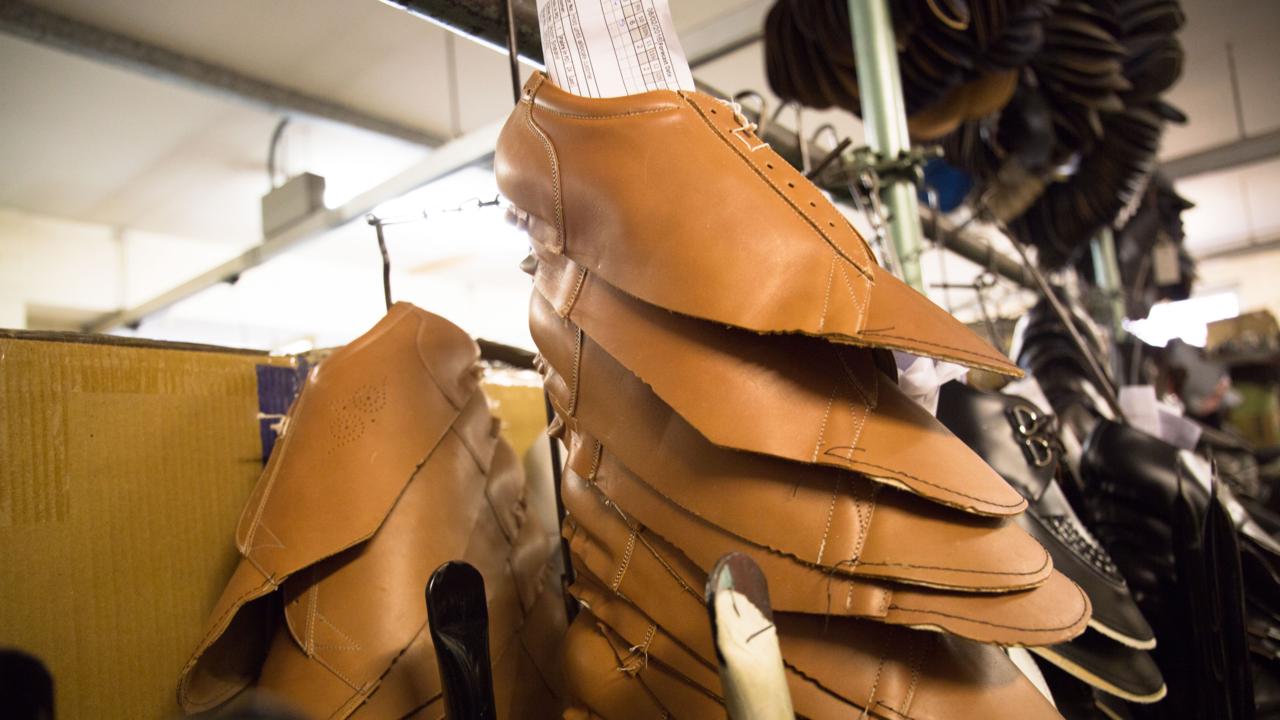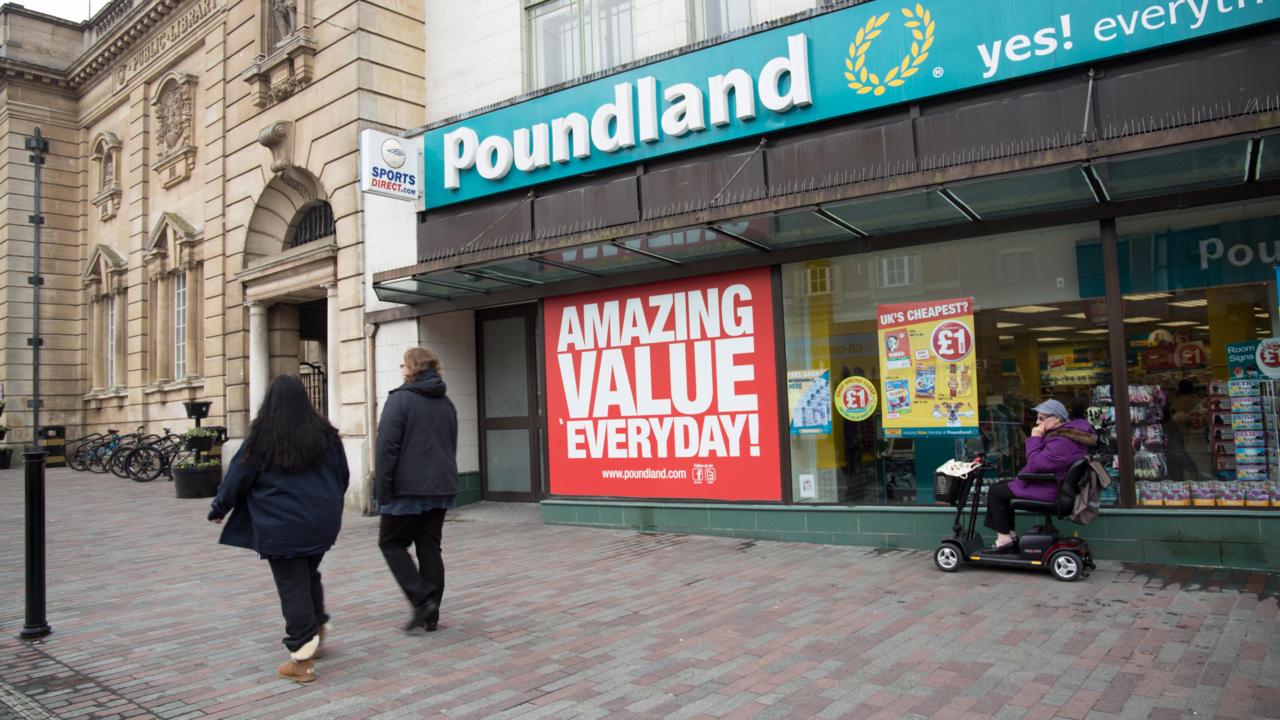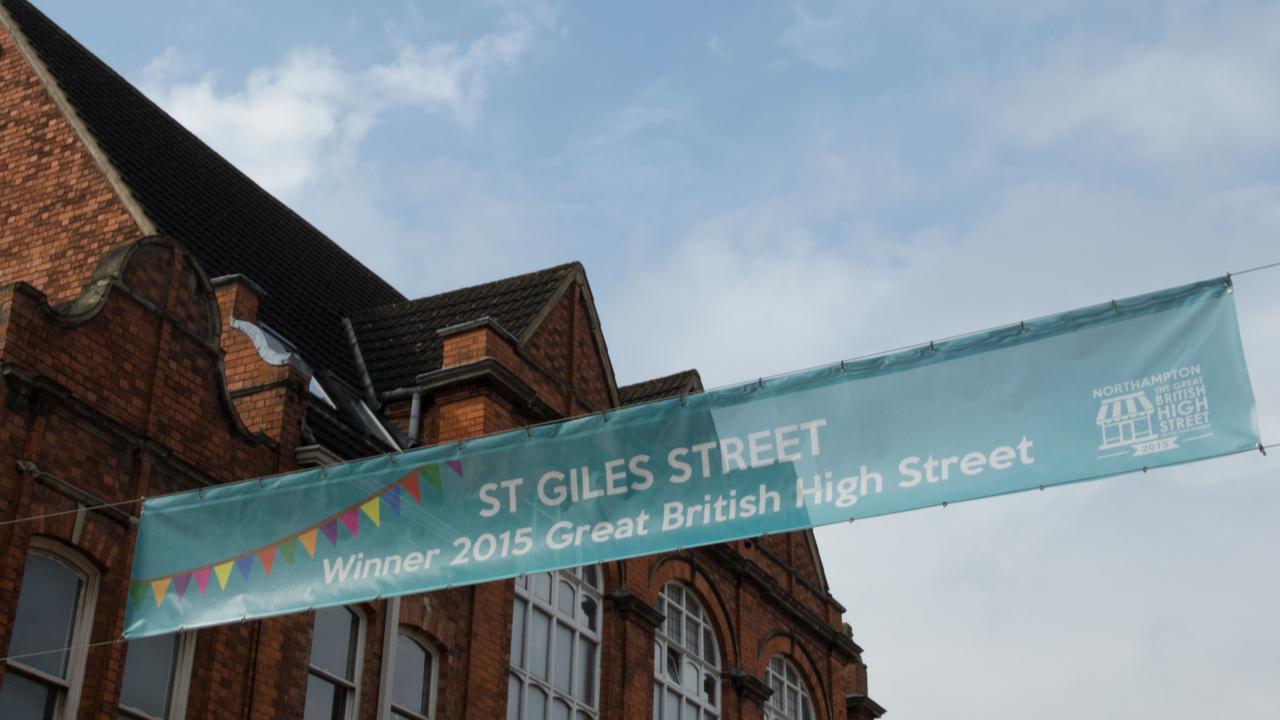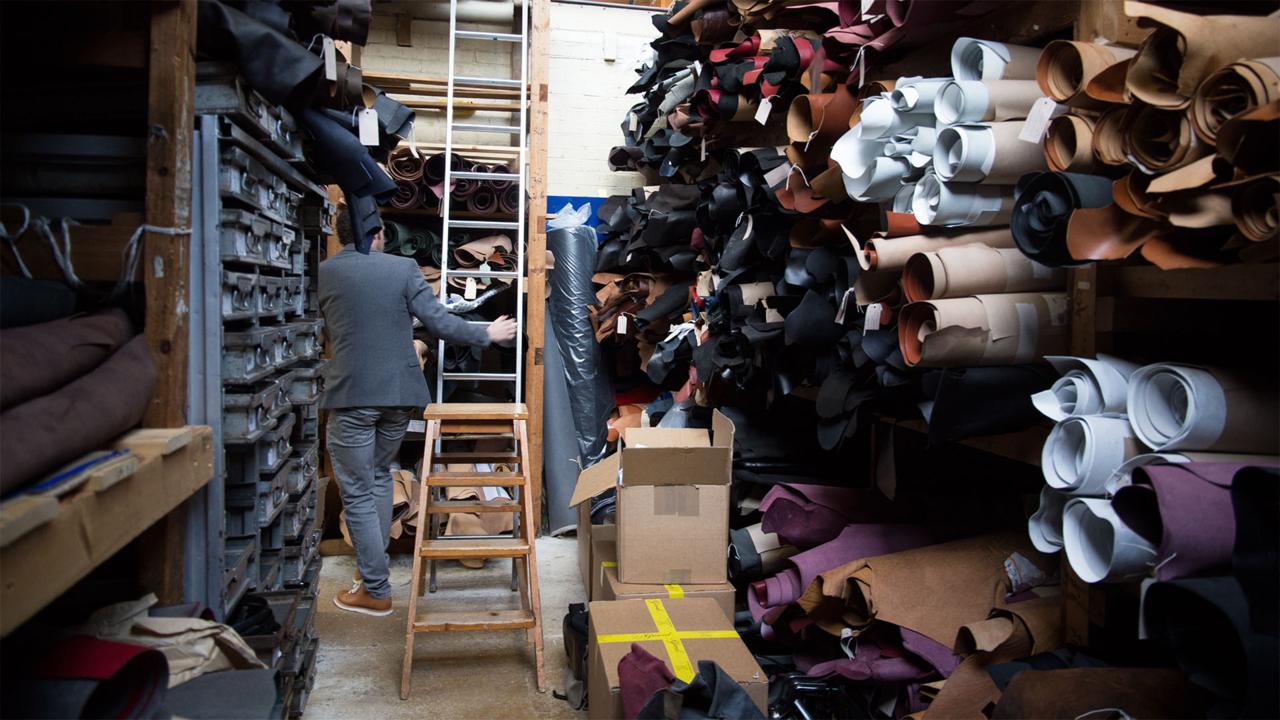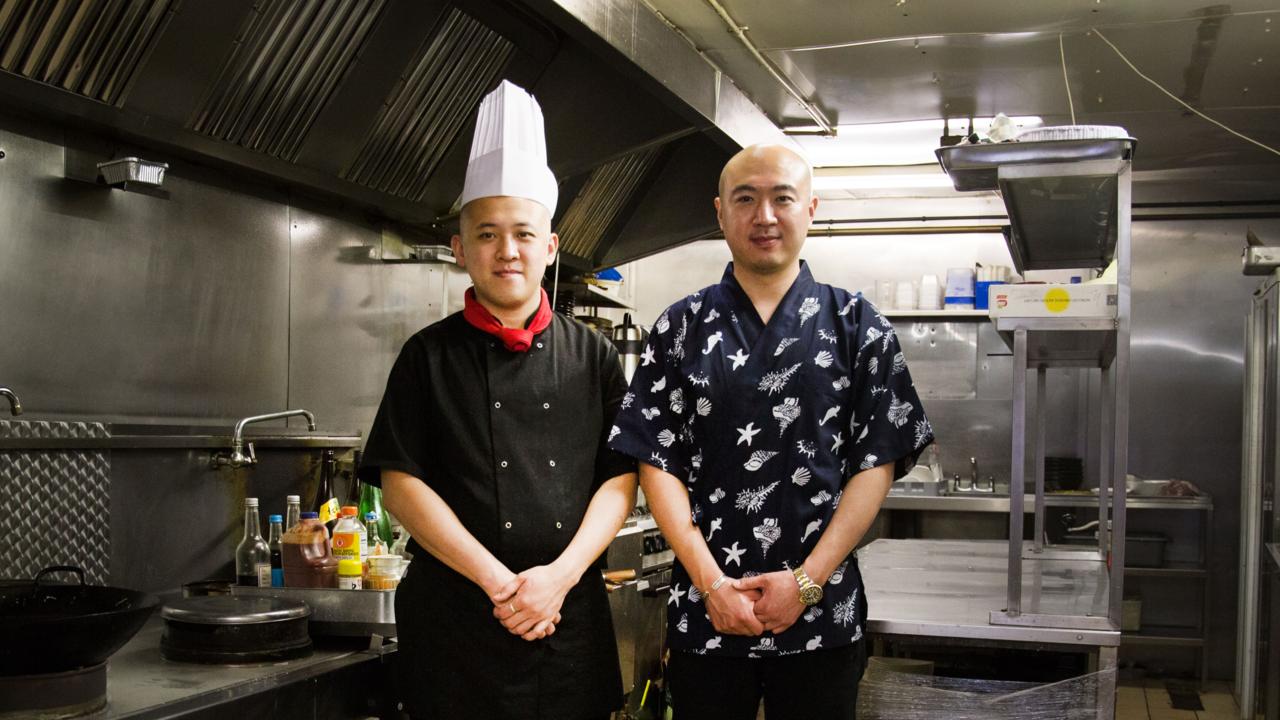This is the most enterprising town in Britain

When you think of cutting-edge design, savvy start-ups and big money, Silicon Valley probably comes to mind – not the English countryside
Northampton has the UK’s second highest rate of employment: 79%.
But head for a sleepy county in the less glamorous British Midlands, and you’d be surprised: beyond the farmland and deserted factories is a hive of profitable high-tech and digital industry run largely by twenty-somethings.
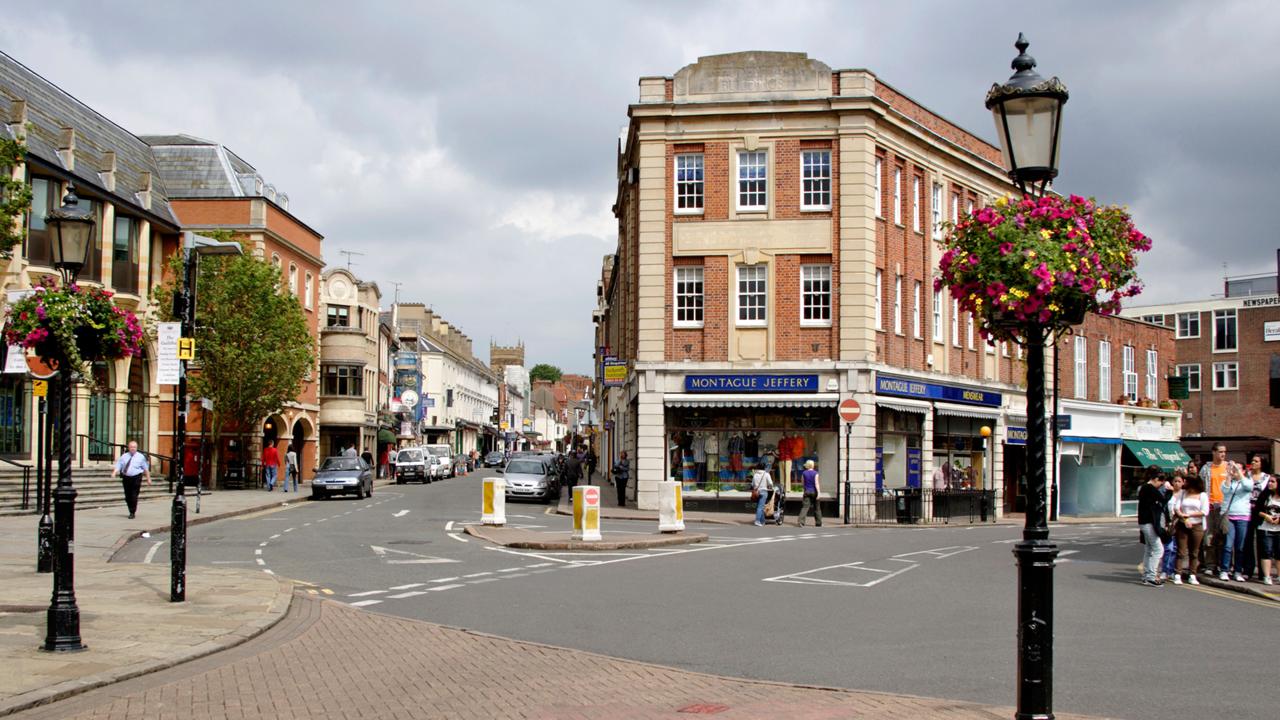
The 19th-century manufacturing hub of Northampton, population 220,000, is Britain’s most entrepreneurial town. In terms of the number of new start-ups as a percentage of population, it exceeds any other place outside London, by quite a long way – there are 80 per 10,000 people, according to the thinktank Centre for Cities.
I’d lived here for two years and noticed there were lots of vacant shops, there were a lot of complaints about them
One of these entrepreneurs is 21-year-old Yoshe Watson. She didn’t start out wanting to be the next Sheryl Sandberg. But, she said, she couldn’t help wanting to improve the run-down town she lived in.
“I’d lived here for two years and noticed there were lots of vacant shops, there were a lot of complaints about them – that they attracted street drinkers and vandalism,” she said.
She had a brainwave and started calling local property agents to find out if they would do short-term legal agreements. Empty or not, landlords are still paying business rates on the properties, she explained. But if the property could be filled for just six weeks, this triggered an exemption from business rates for three months. “This really doesn’t sell the property, so for estate agents it’s far better to have it in use,” she said.
In 2014 Watson set up a pop-up shop scheme that gives start-ups a taste of whether their business could succeed in a prime, town-centre location – but without the commitment of many months’ rent up front. She is helping her third business with several more in the pipeline. But Watson, who is very matter-of-fact about her success, is just one of the many ingenious types that call this town home
Business people put it down to Northampton’s generations of entrepreneurial brains; others say it has more to do with nailing down government and European funding. Its location is also important: there are eight major towns within an hour’s drive including Cambridge, Oxford and London. In fact, 70% of the country is within two hours of Northampton.
The failure rate for Northampton’s businesses is also high. But that’s to be expected anywhere there’s a crop of startups. Northampton beats its more famous neighbours on many measures: the town had the fastest year-on-year growth in business stock (11% between 2013 and 2014) i.e. the number of businesses across the city for every 10,000 people, beating London, Manchester and Birmingham.
Signs point to this kind of success as soon as you step off the train. Dotted around the fancy refurbed station are people working on Macs and mobiles, slurping lattes.
And opposite the entrance is the swish, university-owned Innovation Centre opened in August 2015 which will be an incubator building for local businesses.
But the 10-minute walk into town is a return to what you might expect from a former industrial town in the Midlands. There are pound shops, bookies and charity shops as far as the eye can see.
So what gives?
The middle of the UK was hit hard by the recession and it’s still visible here. The decline in the size of the economy in 2008 and 2009, the worst in a generation, raised national unemployment from 5% to 8%. Redundancies, joblessness and even suicide soared in this region, particularly in the West Midlands, according to ONS figures.
In Northampton everyone is very fired up
“Northampton suffered like many other towns in the UK during the downturn,” said David Mackintosh, Conservative MP for Northampton South. By 2011, he said, “it was very clear that something drastic had to be done if our town was to have a bright future.” Redundancies were high and the area was declared a government Enterprise Zone the same year.
But things have changed radically. These days Northampton has the UK’s second highest rate of employment: 79%. Per capita, there are more people in work here than in London, with 71% employment. And strikingly different to the rest of the country, a large number of Northampton’s employed are in this young age group of 18 -30. But the 10-minute walk into town is a return to what you might expect from a former industrial town in the Midlands. There are pound shops, bookies and charity shops as far as the eye can see.
So what gives?
The middle of the UK was hit hard by the recession and it’s still visible here. The decline in the size of the economy in 2008 and 2009, the worst in a generation, raised national unemployment from 5% to 8%. Redundancies, joblessness and even suicide soared in this region, particularly in the West Midlands, according to ONS figures.
In Northampton everyone is very fired up
“Northampton suffered like many other towns in the UK during the downturn,” said David Mackintosh, Conservative MP for Northampton South. By 2011, he said, “it was very clear that something drastic had to be done if our town was to have a bright future.” Redundancies were high and the area was declared a government Enterprise Zone the same year.
But things have changed radically. These days Northampton has the UK’s second highest rate of employment: 79%. Per capita, there are more people in work here than in London, with 71% employment. And strikingly different to the rest of the country, a large number of Northampton’s employed are in this young age group of 18 -30.
Broadly speaking, three types of start-ups are flourishing here: creative, such as clothing, interior and footwear designers; food, such as gourmet organic produce farmed locally; and high-performance technology firms.“In Northampton everyone is very fired up” about entrepreneurism, Watson says, adding many locals are avid fans of The Apprentice. “Most of them have something to develop, even a brand, and most are very organised. There are lots of workshops available locally – I think the local authorities were very responsive after the recession.”
There is certainly a spirit of entrepreneurship here
“There is certainly a spirit of entrepreneurship here,” said Northamptonshire Enterprise Partnership (NEP) chief executive Jo Lappin. “But there are numerous local (council) national and European (funding) programs running to help generate funds for the area.”
The area also has one of the fastest growing populations in Britain, Lappin added. And she pointed out that some of the success is partly down to spin-out businesses, which split out from a parent company. The motorsport inspired engineering firm, Cosworth, which is located near the Silverstone race track about 15 miles south of the Northampton city centre, is one prime example – the company helped kick-start 80 spin-out businesses.
NEP is aiming to create a £20 billion economy by 2021 that will deliver 32,500 new jobs.
There are ambitious goals for the future: NEP is aiming to create a £20 billion economy by 2021 that will deliver 32,500 new jobs. Already, you can’t go far in the town centre without spotting a flyer for a business workshop. There are promotions on roundabouts, on billowing flags in the park, on noticeboards at the bus stops. You name it, it’s got a sticker on it.
Watson also puts some of this start-up savvy down to “a good industrial and small manufacturing ‘heritage’ still based round here.” Northampton has a tradition of bespoke design and craftsmanship going back to the Seventeenth Century. Made famous by the industrial production of shoes in 1840, it’s still home to international high-end brands Church’s and Loake.
Following in their footsteps, the owners of Northampton Sneaker Co. run their shoe design business as a sideline to their day jobs. Because they sell their own brand of local, handmade trainers online and ship to customers all around the world, it largely doesn’t matter where they’re based. But, added one of the owners, Mark – who didn’t want his last name used thanks to the aforementioned day job, which he keeps separate from his company – “I wanted a footwear design career in Northamptonshire.”
Originally from the village of Higham Ferrers, Mark grew up next to a tannery and near the factories. “I’m from Northamptonshire; we make beautiful luxury shoes, so why not sneakers,” he said. “Loakes and Churchill’s were expanding into the mainstream fashion market, but their designs are 50 years old.”
Prior to launching Northampton Sneaker Co. in 2013 he said, ”We just saw this rapid rise in £600, £800, £1000 pairs of trainer sales. And when I spoke to [contacts at] Selfridges, they confirmed that they were flying out the door.”
In contrast to the run-down streets with the betting shops, some of the town centre has benefited from a regeneration programme. Upmarket St Giles Street, complete with hanging baskets, underwent a significant facelift and won High Street of the Year in the ‘City Location’ category for 2016. It’s lined with boutiques and gourmet food shops, including Steve and Caroline Ward’s fromagerie, St Giles Cheese which attracts a cosmopolitan clientele, from French to Swedish to US customers.
Another fan of revamped St Giles is Ricky Chen, who opened the Suntory Japanese restaurant just off the street with two business partners in autumn 2015. His team has all worked in world-class Japanese restaurants in London, including Roka and Michelin-starred Nobu, and they thought it was time Northampton had its first taste of high-end Japanese cuisine. Why Northampton, in particular? “We came here because it’s not far from London; [St Giles is] in a good area, very close to the town centre, with lots of regular customers,” Chen said.
Chen admits it’s not always been easy – but they’re making progress. “London has a lot of energy and it’s not always busy here,” he said. “At first, we had a lot of customers who had never tried Japanese food, so had to offer a lot of hot food. They were scared by raw at first. But now we offer sushi and sashimi as well.”
Suntory’s owners consider the Northampton location as their first restaurant – hopefully in a chain.
The future looks bright here: the town’s workforce has gone from shoes to sashimi in one giant leap but looks set to take the transition in its stride.
Политика конфиденциальности | Правила пользования сайтом
